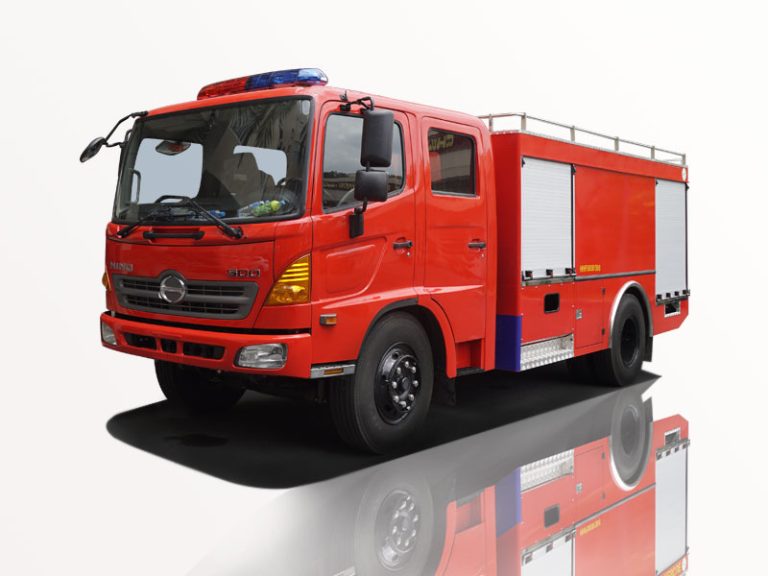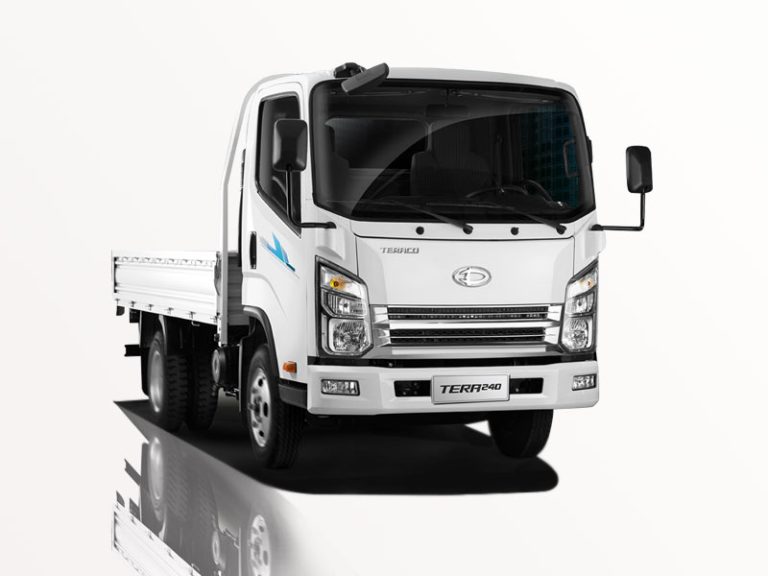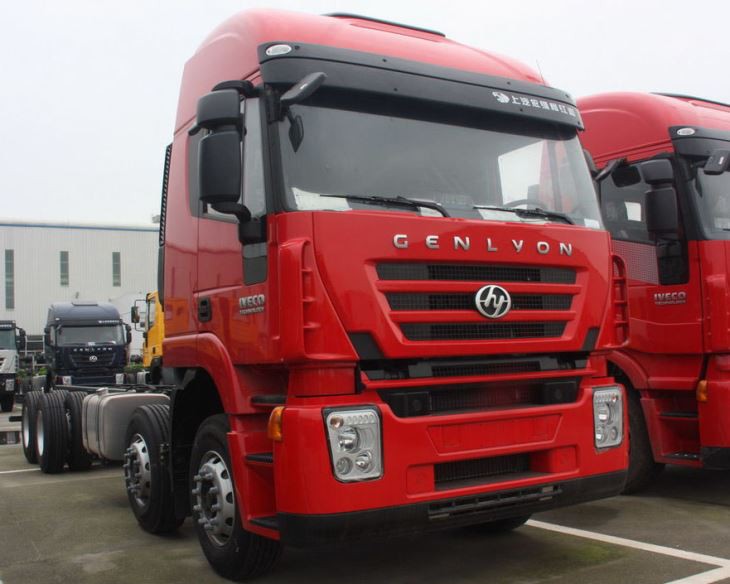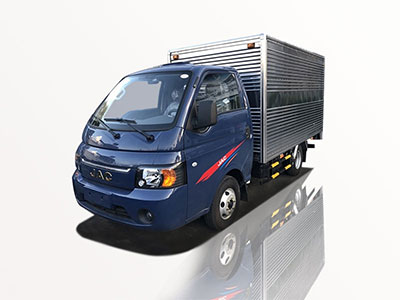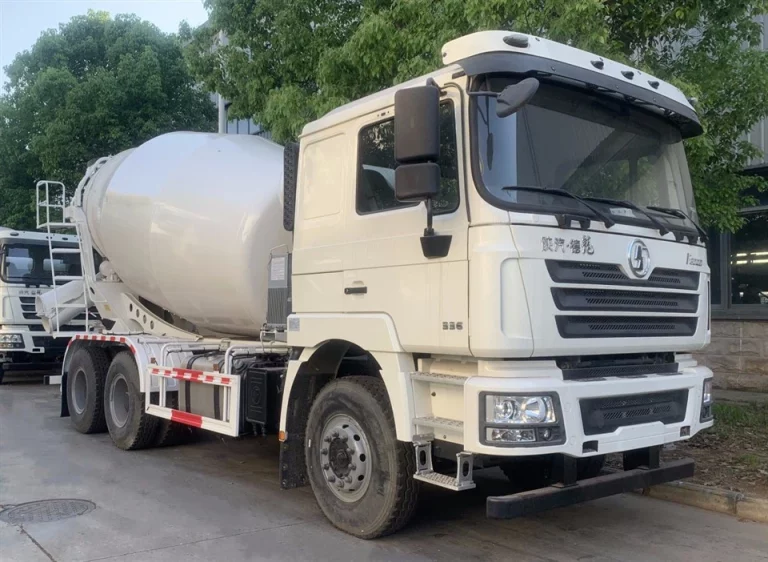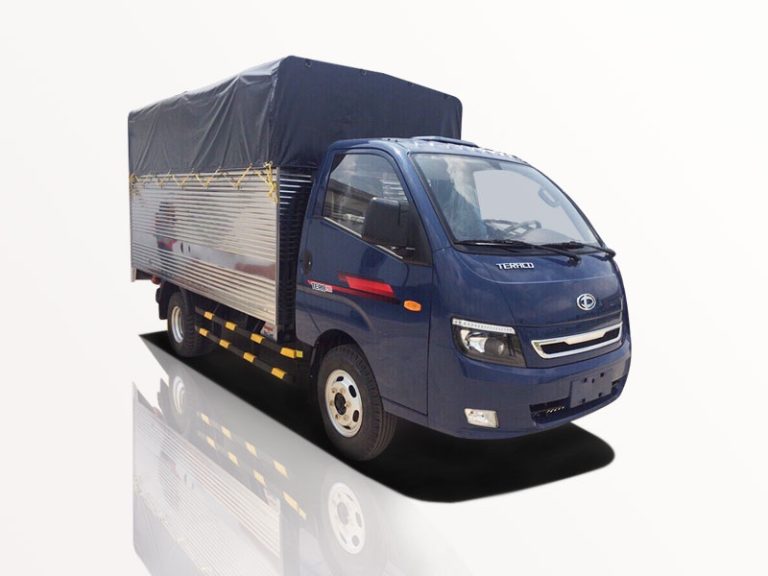When it comes to lifting equipment, few tools are as versatile and essential as a cherry picker. Whether you are working in construction, maintenance, or even tree care, cherry pickers provide a safe and efficient way to reach high places. This article delves deep into what a cherry picker is, its types, features, uses, safety measures, and how to choose the right cherry picker for your needs.
What is a Cherry Picker?
A cherry picker, formally known as a boom lift, is a type of elevating work platform that enables workers to access high areas safely and effectively. Named for its original purpose of harvesting cherries from tall trees, it has evolved to serve various applications in different industries. The cherry picker consists of a platform or bucket mounted on an extendable arm, allowing for vertical and horizontal movement.
Types of Cherry Pickers
1. Telescopic Boom Lifts
Telescopic boom lifts feature a straight arm that extends upward. They are suitable for reaching great heights and typically have the longest reach among cherry pickers. Ideal for outdoor construction and maintenance tasks, they work best on solid, stable ground.
2. Articulating Boom Lifts
Articulating boom lifts have a jointed arm that allows them to navigate around obstacles. This feature makes them perfect for indoor work or areas with limited space. They can reach high points and go around corners, making them versatile for both indoor and outdoor tasks.
3. Scissor Lifts
Scissor lifts have a platform that raises by expanding and contracting crisscrossing supports. They are typically wider and can carry more weight than other types, making them excellent for tasks that require stability at a height. Scissor lifts are ideal for tasks like electrical work or painting on flat surfaces.
4. Trailer-Mounted Cherry Pickers
These cherry pickers can be transported easily from one location to another, as they are mounted on a trailer. They are ideal for tasks requiring temporary access to heights, such as tree trimming or external building maintenance.
Features of Cherry Pickers
1. Safety Mechanisms
Safety should always be a priority when using cherry pickers. Common safety features include:
- Guardrails: Ensure workers remain inside the platform.
- Emergency Stop: Instantly halts movement in emergencies.
- Load Sensors: Prevent overloading of the platform.
2. Controls
Cherry pickers come with both ground and platform controls to allow operators maximum flexibility. Some models also feature remote controls for added convenience.
3. Platform Size and Capacity
The size of the platform determines how many workers and how much equipment can be on it. Make sure to choose a cherry picker with an adequate platform dimension and weight capacity based on your requirements.
4. Mobility and Stabilization
Some cherry pickers are designed for outdoor use with all-terrain wheels, while others are more stable and suited for indoor applications. Understanding the terrain and layout where the cherry picker will be used is essential for safe operation.
Common Uses of Cherry Pickers
1. Construction and Maintenance
Cherry pickers are widely utilized on construction sites for tasks such as framing, roofing, and exterior finishes. They allow workers to access elevated areas safely, promoting efficiency.
2. Tree Care Services
Tree care professionals use cherry pickers for pruning, trimming, and removing branches. This equipment provides convenient access to heights that would otherwise be dangerous to reach using ladders.
3. Maintenance of Buildings and Structures
Cherry pickers are flawlessly suited for inspecting and maintaining buildings. They enable workers to reach high windows, roofs, and signage for repairs and cleaning without extensive scaffolding.
4. Event Set-Up
For outdoor events, cherry pickers assist in setting up lighting, decorations, and sound systems. Their mobility allows them to be positioned in various locations throughout the venue.
Safety Guidelines for Using Cherry Pickers
1. Conduct a Risk Assessment
Before operating a cherry picker, assess the working environment for potential hazards such as overhead power lines, uneven ground, or nearby structures.
2. Wear Appropriate Safety Gear
Operators and workers should wear hard hats, harnesses, and other personal protective equipment (PPE) to minimize risks.
3. Use Proper Training
Ensuring that all operators are adequately trained in using cherry pickers is crucial for safety. Regular training and refreshers can enhance operational safety.
4. Inspect the Cherry Picker Regularly
Daily inspections before use can help identify any mechanical issues. Checking the hydraulic system, controls, and overall structure is key to maintaining safety and functionality.
How to Choose the Right Cherry Picker
1. Determine Your Needs
Identify the tasks you will be performing with the cherry picker. Will it be used indoors or outdoors? What height do you need to reach? Understanding your primary use case will guide your selection process.
2. Check Height and Reach Requirements
Cherry pickers come in various height ranges. Select one that meets or exceeds your minimum height requirement, ensuring a safe working envelope.
3. Assess Weight Capacity
Consider the weight of your workers, tools, and materials. Be sure the chosen cherry picker supports the total combined weight comfortably.
4. Explore Mobility Features
If you plan to use the cherry picker on uneven terrain, look for rugged wheels and stabilization features. For indoor use, a more compact model that can fit through standard doorways is ideal.
5. Consider Renting vs. Buying
If your cherry picker needs are temporary, renting may be a cost-effective solution. However, for frequent use, purchasing may provide better long-term value. Evaluate maintenance costs and availability as part of your decision.
Practical Tips for Operating Cherry Pickers
1. Communicate Effectively
Use hand signals or two-way radios to communicate with team members, especially when working at heights.
2. Secure the Work Area
Ensure the area surrounding the cherry picker is clear of bystanders and hazards, reducing the risk of accidents.
3. Keep Equipment Clean
Regularly clean the cherry picker to maintain visibility and operational efficiency. Debris can affect performance and safety.
4. Avoid Overloading
Never exceed the manufacturer’s weight limit. Overloading can lead to structural failure and accidents.
FAQ Section
1. What is the maximum height a cherry picker can reach?
Cherry pickers can generally reach heights between 30 and 150 feet, depending on the model and type.
2. Can cherry pickers be used on uneven terrain?
Not all cherry pickers are suitable for uneven terrain. It is crucial to choose models designed with enhanced stability for such environments.
3. How often should cherry pickers be inspected?
Cherry pickers should be inspected daily before their use and undergo thorough maintenance checks regularly by qualified personnel.
4. Are cherry pickers safe?
When used correctly and within guidelines, cherry pickers are safe. However, improper use can lead to accidents, so safety measures must always be adhered to.
5. What should I do if I encounter a mechanical issue while using a cherry picker?
In the event of a mechanical problem, cease operation immediately, lower the platform safely, and report the issue to a supervisor or maintenance team.
6. Is training necessary to operate a cherry picker?
Yes, proper training is essential to ensure safety and compliance with regulations. Operators should undergo certified training programs.
Conclusion
Cherry pickers are invaluable tools in various industries, providing a safe means to access high work areas efficiently. Understanding their types, features, and safety measures can help maximize their potential while ensuring safe operations. By choosing the right cherry picker and adhering to proper guidelines, you can significantly enhance productivity while minimizing risks.

